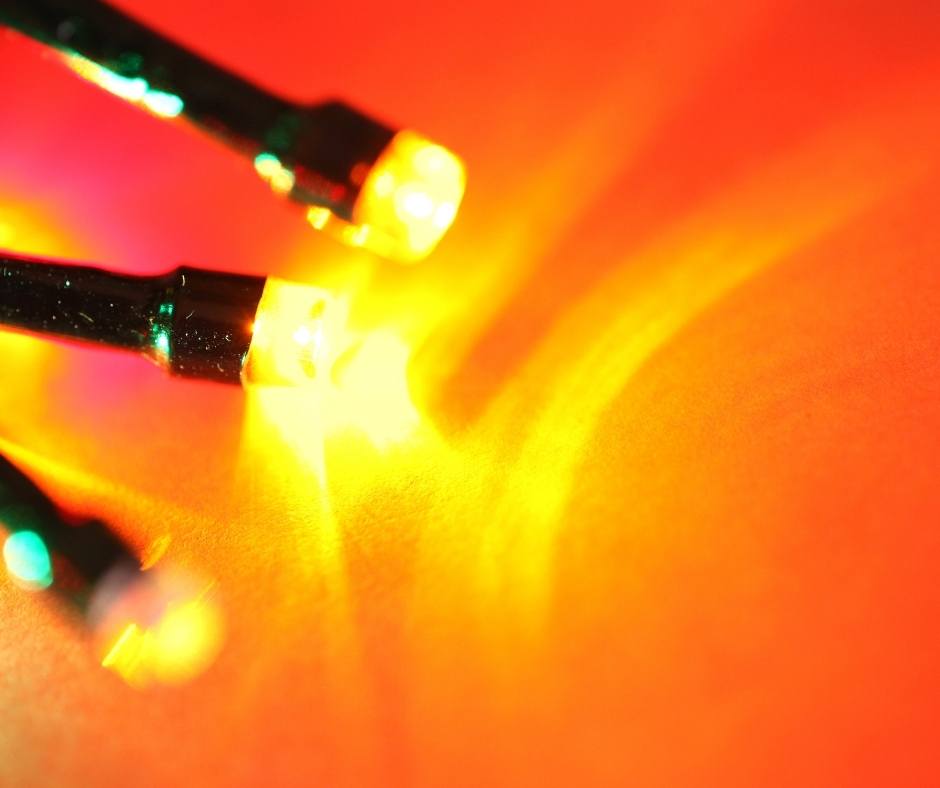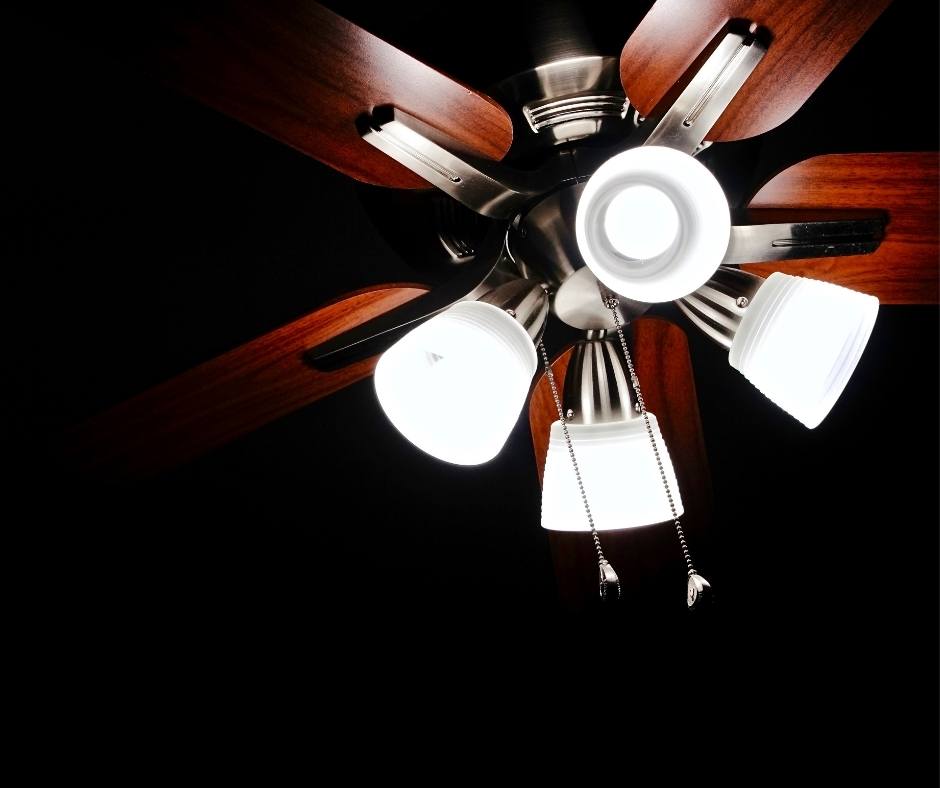Ceiling fan lights are a great way to get both illumination and air circulation from the same fixture. The added bonus is that both function best when positioned in largely the same spot… Right smack dab in the center.
LED bulbs are the newest way to save a few bucks on your electric bill while providing lots of light. But they don’t always work in ceiling fans. That might have you tearing out your hair.
That’s where we come in. We took a look at the issue and put together this article to provide you with answers. We hope you find it highly informative and that it helps you better to understand why LED bulbs don’t always work in ceiling fans.
Reasons LED bulbs not working in ceiling fans

Because LED bulbs are relatively new technology, there are going to be hiccups to getting them to work smooth. That is especially true with light fixtures intended for use with old-style, inefficient, hot incandenscent bulbs.
There are some issues related purely to the technology they are inspired by, and some general-purpose issues might arise. Keep in mind that if your bulb isn’t working, it could also just be a mundane issue that might prevent any bulb from working.
Let’s take a look at a few.
- Dimmer switches require bulbs with dimming capabilities built right in. While there are LED dimmer bulbs, you’ll want to find bulbs that have compatible loads with your light fixture. If that seems confusing, just don’t use a dimmer bulb with your ceiling fan.
- Like everything, there’s a range in quality in how LED bulbs are manufactured. Some are high-quality and compatible with remote controls. Others just won’t work. If your ceiling fan is powered by remote, make sure your LED bulb is of high quality.
- Ceiling fan lights with pull chains usually work with LED bulbs, but you’ll want to check minimum loads for both the fixture and the bulb to make sure they work together.
- Older ceiling fan lights were designed for use with old-style, inefficient incandescent bulbs. They might not meet an LED bulb’s minimum load capacity. That includes most lights with pull chains.
- The first, obviously, is that the bulb might be burned out. It seems like the first thing you’d check, but LED bulbs last a long time and there is no rattle if you shake them around to see if they’re dead. So, a dead bulb isn’t as obvious a cause, but it’s a likely reason.
- Try turning on the fan itself. If the fan doesn’t turn on, the breaker could be tripped and in need of a reset. If you reset the breaker and the fan works, you might want to do some checking into why it tripped. There could be a deeper problem.
- This problem usually occurs between the fixture and the wall. An exception to that is that the wiring is yanked around as the fan moves naturally. So, it’s very possible that during use that the wiring becomes loose and pulled away from connections. You might need to tighten something.
- Another place to check is the switch. While it’s rare for switches to burn out without an underlying cause, switches die because they have moving parts and electrical components capable of burning out. It’s also possible that pulling mechanisms will get loose with use.
- Speaking of burned-out components, if your fan/light fixture has advanced components like a remote control or a dimmer switch, you’ll want to make sure those are in working order. The more complicated a piece of technology, the more things can go wrong.
- It could be as simple as burned-out batteries in a remote control or it could be that an entire control unit has burned out because of an internal short circuit. This is especially true if it received a good deal of water damage.
- Finally, it could just be that the light fixture itself has worn out past its life expectancy. This is especially true of older fixtures that get frequent use. If you’ve had some kind of power surge, that could also damage a socket.
Sometimes, the bulb won’t work and the cause is a mismatch in bulb/fixture technology. Sometimes it’s just a regular old issue with the fixture itself. If you’ve made sure the bulb is compatible with your fixture, here are some other reasons why the bulb isn’t working.
If you reset the breaker and the fan and light still don’t work, examine the wiring. While wiring doesn’t usually just fail without some underlying reason, it still could and the wiring that services the fan usually also services the light.
Even if your fan works, if your light doesn’t work it could still be a wiring issue. It’s just that the fan was wired correctly while the light was wired incorrectly. This is a problem internal to the fixture itself.
Conclusion

There’s nothing more frustrating than flipping a light switch only for the room to remain dark. It means not getting the most of a highly useful fixture in prime ceiling real estate.
If that happens to you, there are usually pretty good reasons for it. It’s helpful to know what they are before you install a ceiling fan with a light and you want to use LED bulbs. That way you can make the right choices when purchasing one.
We hope you found this article helpful. If you did, we’d love to hear about it in a comment. You can also share it on your social media networks so anyone you know with the same questions gets them answered before spending a bunch of money.

